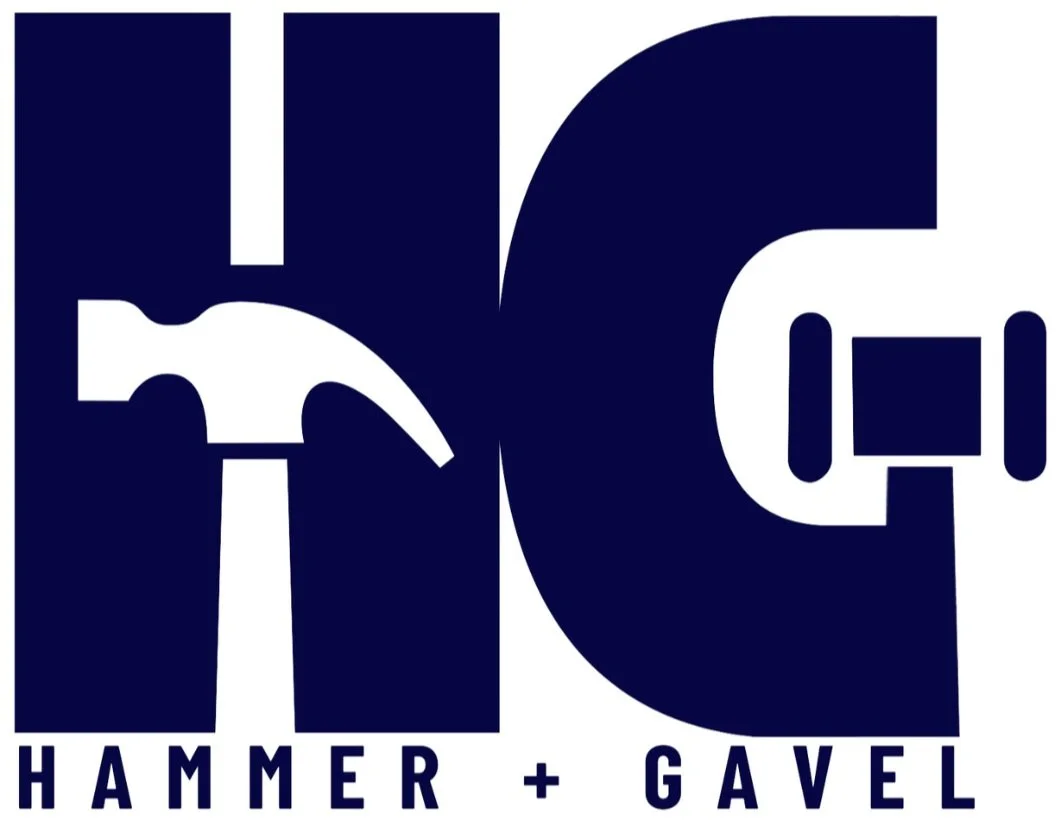Court Affirms Judgment in Favor of Contractor Over Owner’s Failure to Present Evidence of Damages at the Time of the Breach of Warranty and Violation of Florida Building Code
Eloquence on the Bay Condominium Association, Inc. v. CDC Builders, Inc. arises from a lawsuit between a condominium and its builder over various claimed defects in the construction. The condominium’s complaint ultimately included claims for breach of the statutory warranty of implied fitness, negligence, and for breach of the Florida Building Code. Ultimately the litigation led to an eight-day jury trial.
Nearly two weeks before the trial began, the parties attended a charge conference and discussed the jury instructions. The parties’ jury instructions each indicated that the measure of damages was the reasonable cost of necessary repairs which the greater weight of the evidence shows resulted, or will result, from the contractor’s breach or negligence. Neither party made reference to a specific time period relating to the damages.
As trial progressed, the court granted a motion for directed verdict by the condominium finding that the contractor had violated a provision of the Florida Building Code, but left for the jury to decide whether the contractor knew or should have known that a material violation existed and whether there was any personal injury or damage to property other than that subject to the construction plans.
The morning of the sixth day of trial, the contractor circulated new proposed jury instructions, which the condominium objected to. The following day, the parties met to discuss the instructions again, and the condominium specifically objected to the inclusion of a sentence stating that the cost of repair must be measured at the time of the breach, not the time of trial. The condominium argued the instruction was improper because its claims were for breach of warranty and the Florida Building Code, not breach of contract. The condominium did not argue that the instruction would mislead the jury or result in an unfair trial. The contractor, in response, argued that the limitation of damages to the time of the breach was proper under Grossman and contended that the time of the breach was 2015. The trial court agreed with the contractor, and included the proposed instruction and a statement that the cost of repairs should be measured as of 2015.
The condominium did not move to reopen the evidence, recall its damages expert, or request that the contractor be precluded from arguing that there was no evidence of repair costs in 2015. During closing, the condominium did not address the measure of damages, but the contractor argued repeatedly that there was no evidence of the costs of repair as of 2015 in evidence. The jury ultimately returned a verdict for the contractor and the condominium appealed.
The appellate court affirmed the judgment in favor of the contractor, stating:
We decline to conclude that [the condominium’s] failure to present any evidence of 2015 damages is due to judicial error. [The contractor] presented its amended jury instructions to the trial court on the sixth day of the eight-day trial. The trial court agreed to alter the jury instructions a day before the closing arguments. At that time, neither [the condominium] nor [the contractor] had presented any evidence or expert testimony relating to the measure of damages to the post-tensioning system in 2015. Even so, [the condominium] ultimately agreed to use 2015 as the date when damages should be measured. Moreover, [the condominium] did not move to reopen the evidence, seek to recall its damages expert, request that [the contractor] be precluded from arguing the lack of evidence of 2015 damages during closing arguments, move for a mistrial based on its inability to present evidence of 2015 damages, or request any interrogatory on the verdict form relating to proof of the date of any damages.
The key takeaway from this case for those involved in construction litigation is to understand that in some cases that relevant damages numbers (i.e. cost of repairs, etc…) should be calculated as of the time of the issues arose between the parties, not the time of the trial. This can make it important to try to get estimates of repairs or similar information around when the issues first arise, as opposed to waiting until litigation to try and recreate those costs.
About the Author
Jason Lambert is a Florida Board Certified Construction Attorney and Partner in the Construction Industry Practice Group at Hill Ward Henderson, in Tampa, Florida. He is also the founder and chief contributor to the Hammer & Gavel construction law blog. Jason focuses his practice on representing contractors, subcontractors, and materials suppliers throughout the state of Florida. Before law school, Jason spent a decade working in the construction industry, primarily as a project manager and operations director for both new construction and remodeling. He can be reached at jason.lambert@hwhlaw.com or 813-227-8495.






